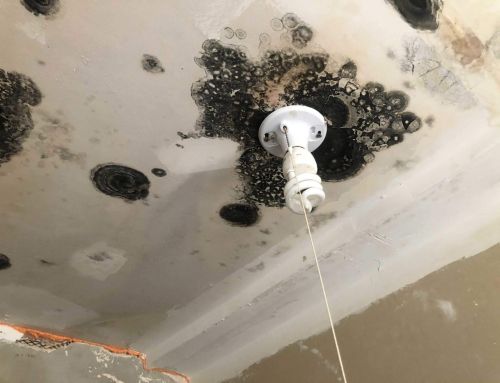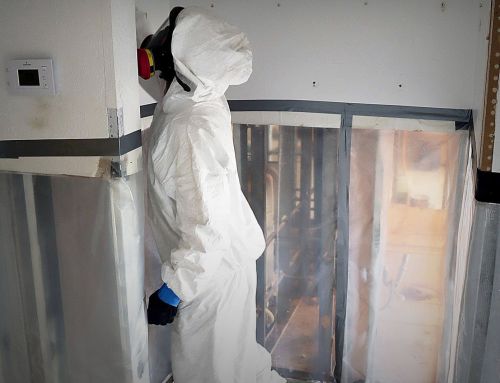Mold is a common issue in households, posing risks to your property and your family’s health. Knowing about the different mold types is crucial for appropriately dealing with them. Understanding these distinctions is essential. Some molds can trigger allergies, while others can cause severe illnesses. We’ll explore the top three most common mold categories, where they’re commonly found, their potential health risks, and strategies for management. Understanding these categories will help you better handle potential mold issues.
Allergenic Mold
Common Types: Alternaria, Cladosporium, and Penicillium
Allergenic molds are the most common type found indoors. They may not pose a severe health risk to most people, but individuals with allergies or respiratory conditions may experience allergic reactions when exposed to allergenic mold spores. Symptoms include sneezing, coughing, itchy eyes, and skin irritation.
These molds typically thrive in damp environments, like bathrooms, kitchens, and basements. It’s essential to address underlying moisture issues, improve ventilation, and regularly clean susceptible areas to manage allergenic mold infestations. Minimizing indoor humidity levels and using air purifiers can also help reduce the presence of allergenic mold spores.
Pathogenic Mold
Common Types: Aspergillus (fumigatus, flavus) and Fusarium species
Pathogenic molds are commonly found in indoor environments with high humidity or water damage, like damp basements and bathrooms. These molds can produce enzymes and metabolic byproducts that aid tissue invasion, leading to respiratory problems, skin infections, or systemic infections.
People with compromised immune systems or underlying health conditions are more susceptible to severe systemic infections, like Aspergillosis, a fungal infection of the lungs and other organs. Systemic diseases caused by pathogenic molds are usually serious and require medical treatment.
Addressing moisture issues and ensuring proper ventilation are essential to reduce the risk of pathogenic mold exposure. Proper remediation techniques and thorough cleaning are necessary for managing pathogenic mold growth.
Toxigenic Mold
Common Types: Stachybotrys chartarum and Aspergillus versicolor
Toxigenic molds produce mycotoxins, harmful substances that can cause health problems when inhaled, ingested, or touched. Brief exposure to toxigenic molds can lead to respiratory issues and allergic reactions. However, prolonged exposure to high levels of mycotoxins has been linked to chronic conditions like neurological disorders and immune system suppression.
These mold infestations typically occur in water-damaged buildings or homes with poor ventilation. Effective remediation of toxigenic mold requires professional assistance to ensure thorough removal and prevent recurrence.
Other Mold Categories
Mycotoxin-producing Molds
Toxigenic molds and mycotoxin-producing molds are often used interchangeably, but there is a subtle difference between the two. Toxigenic molds are a broader category that includes molds capable of producing toxins, including mycotoxins. All mycotoxin-producing molds are toxigenic, but not all toxigenic molds produce mycotoxins.
Opportunistic Molds
Opportunistic molds typically do not cause harm to humans. However, they pose a risk to people with compromised immune systems, like those undergoing chemotherapy or organ transplant recipients. Opportunistic molds can also thrive in environments with excess moisture or humidity, such as water-damaged buildings or homes.
Remember, if left alone, mold can cause health problems and damage your property. So, staying informed and dealing with mold issues promptly is important for keeping your home safe and healthy. If you’re dealing with a mold problem that’s too big to handle on your own, Pur360 can help to make sure it’s completely taken care of.
Our expert team specializes in mold remediation services, utilizing advanced techniques to remove mold effectively. Whether you’re dealing with allergenic, toxigenic, or pathogenic molds, we have the expertise to address the problem efficiently.



